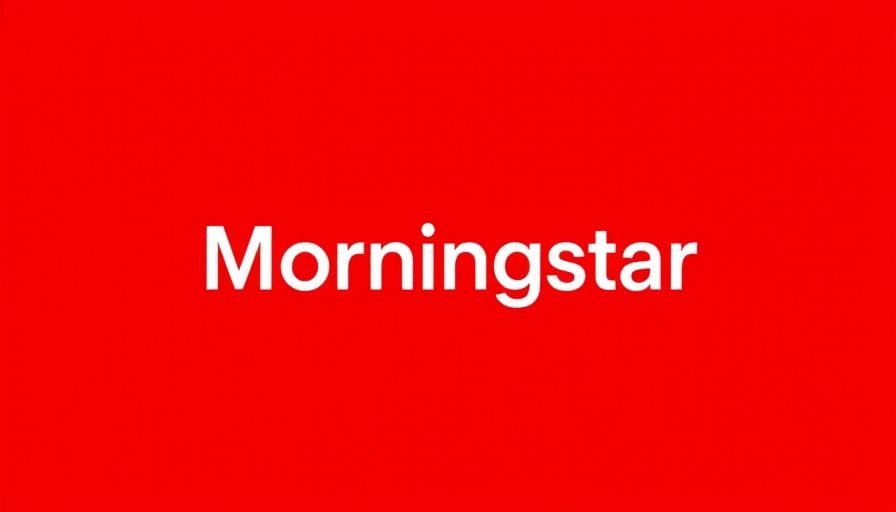
The Recognition that Matters: PA Health & Wellness Shines on a National Stage
In a significant achievement, PA Health & Wellness has been acknowledged as one of the top 14 Medicaid health plans across the United States, according to the National Committee for Quality Assurance (NCQA) in its latest Health Plan Ratings for 2025. This accolade not only highlights the organization’s dedication to high-quality healthcare but also reinforces its commitment to improving the health of Pennsylvanians.
As the Interim CEO, Marc Giordano, noted, this recognition validates the efforts of staff, providers, and community partners who work every day to foster healthier lifestyles among its members. PA Health & Wellness excels in areas such as member experience and clinical quality, crucial metrics measured by NCQA to determine health plan performance.
What Makes PA Health & Wellness Stand Out?
The foundation of PA Health & Wellness’s success lies in its unwavering focus on comprehensive care. The organization’s approach encompasses preventive services, chronic condition management, and innovative care solutions. Unlike standard Medicaid services that can feel impersonal, PA Health & Wellness actively fosters relationships within the community, aiming to address not only medical concerns but the broader social determinants of health.
This initiative resonates with the ongoing national dialogue concerning healthcare access and quality. As healthcare becomes increasingly complex, PA Health & Wellness demonstrates that building connections between healthcare providers and communities can lead to enhanced health outcomes.
Understanding the Importance of the NCQA Ratings
The NCQA Health Plan Ratings are regarded as a benchmark for consumers and industry stakeholders alike. By providing transparency about health plan performance, it empowers individuals to make informed choices regarding their healthcare. With more people relying on Medicaid and Medicare programs, an understanding of these ratings is vital for beneficiaries seeking to maximize their healthcare experiences.
Future Outlook: Innovations in Care Delivery
The healthcare landscape is evolving rapidly, and so is the approach to care delivery. Organizations like PA Health & Wellness are pioneering new methods to enhance patient care. These innovations may include telehealth services, personalized care plans, and community outreach efforts designed to promote wellness at home and in local settings.
As healthcare models shift, being attuned to these innovations will be crucial for beneficiaries looking to optimize their care under programs like Medicaid. The integration of technology in healthcare services can improve accessibility, making it essential for consumers to stay informed about the latest developments.
Empowering Consumers Through Awareness
On a practical level, this recognition has implications for consumers in areas such as Muskegon, where understanding available Medicare and Medicaid plans can be overwhelming. PA Health & Wellness’s commitment to quality provides a model for what well-managed care looks like, particularly for those concerned about aligning their health needs with the right plans.
Beneficiaries must be equipped with knowledge to navigate their choices effectively. Resources such as online comparisons and consultative services can impart deeper insights into comprehensive Medicare and Medicaid options, empowering individuals to select the best paths for their health needs.
Taking the Next Steps: What Consumers Should Know
In light of PA Health & Wellness’s recent achievements, beneficiaries should consider several action steps:
- Research: Delve into comparisons of Medicare Advantage plans, understanding the nuances of benefits tailored for different demographics.
- Engage: Connect with local representatives or healthcare advisors who can provide personalized advice rooted in knowledge of available plans.
- Advocate: Collaborate with community organizations to ensure your voice is heard concerning healthcare needs and quality improvements.
The golden opportunity here is not merely to benefit from a recognized health plan but to actively participate in shaping a system that prioritizes quality and access.
Conclusion: Quality Care is a Collective Effort
The recognition of PA Health & Wellness among the nation’s top Medicaid providers serves as a beacon of hope in an often-fractured healthcare landscape. Community-driven healthcare is essential, highlighting that quality care goes beyond treatment—it is about cultivating relationships that promote overall well-being. As consumers, the proactive measures we take today can have a profound impact on our health tomorrow. Understanding your Medicare and Medicaid options is now more crucial than ever. Stay informed, stay engaged, and make choices that prioritize your health and well-being.
 Add Row
Add Row  Add
Add 




Write A Comment